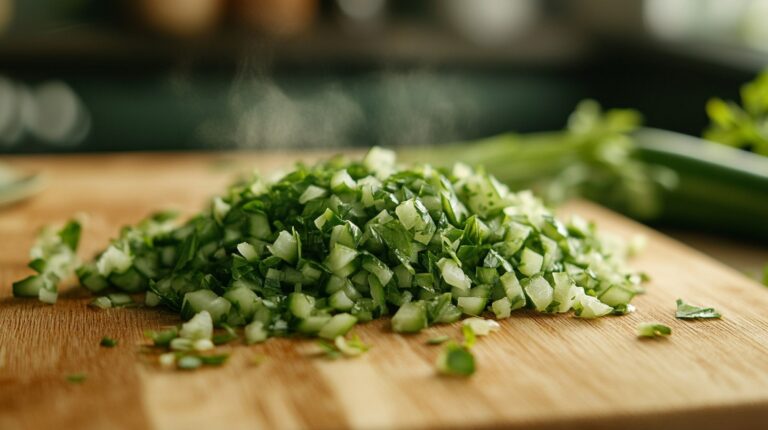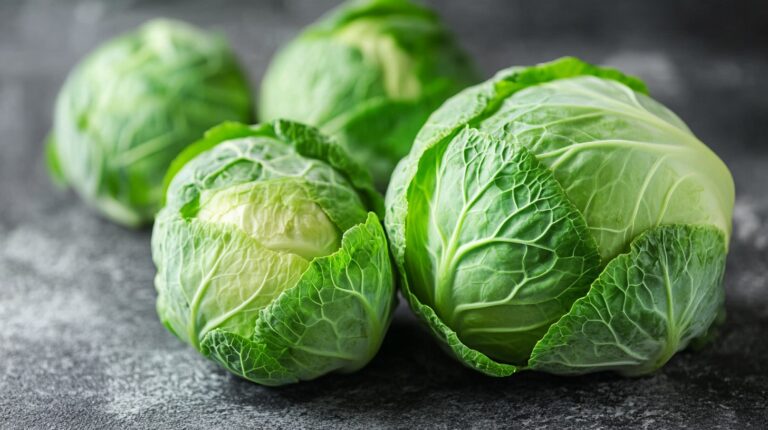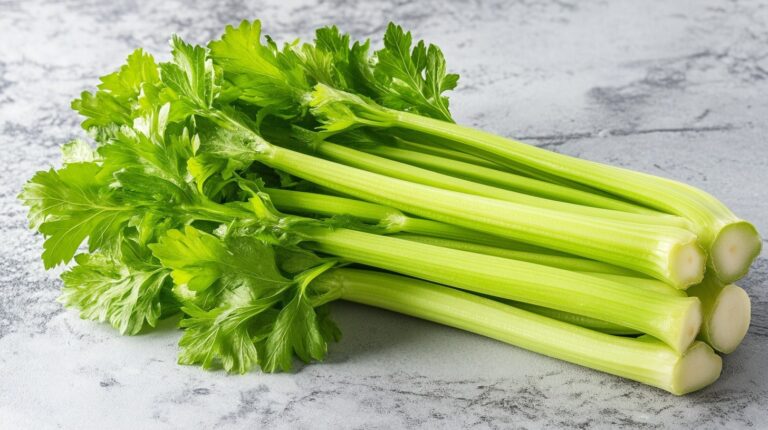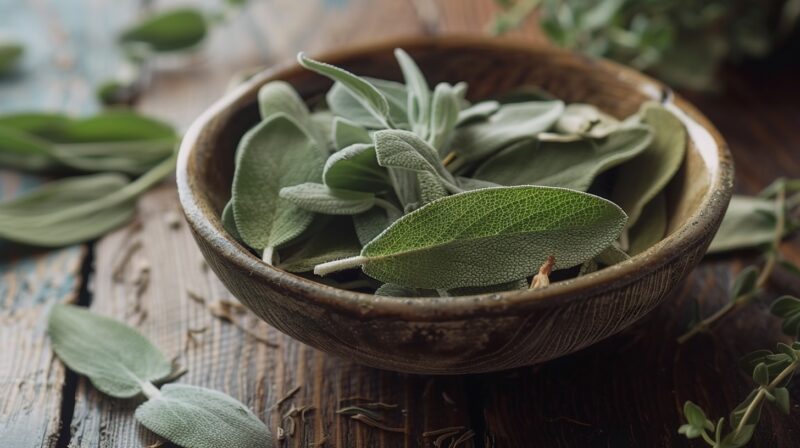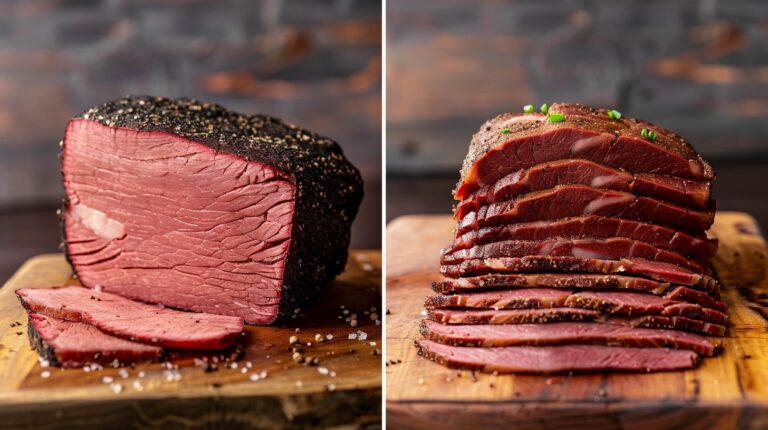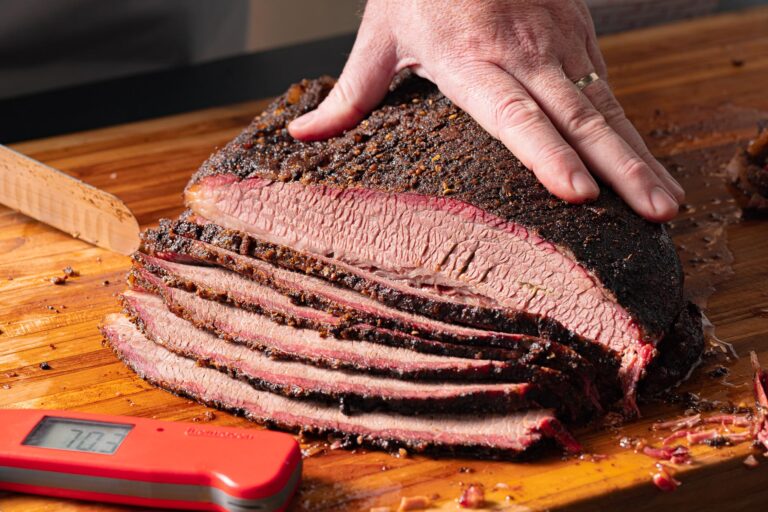Sage in cooking always gives a special taste. Whenever I’m planning a cozy fall meal or a hearty winter dish, I find myself reaching for the fresh sage leaves in my garden or digging into my spice cabinet for the dried stuff.
Sage is just one of those herbs that instantly makes a dish feel more comforting and flavorful. But I’ll admit, I used to be a bit unsure of how to maximize its potential – should I use fresh or dried?
And how much of either should I add? After some experimentation, I’ve found that knowing the differences between fresh and dried sage, and when to use each, makes all the difference in elevating my cooking. In this article, I’ll share what I’ve learned so you can make the most of this versatile herb.
Cooking Tips for Sage
- Use fresh sage for a delicate, subtle flavor, and add it toward the end of cooking.
- Incorporate dried sage early in the cooking process to allow its strong flavors to mellow.
- Remember that dried sage is more potent than fresh sage; use one-third the amount when substituting.
- Store fresh sage in the refrigerator wrapped in a damp paper towel, and keep dried sage in an airtight container away from heat and light.
Fresh or Dried Sage
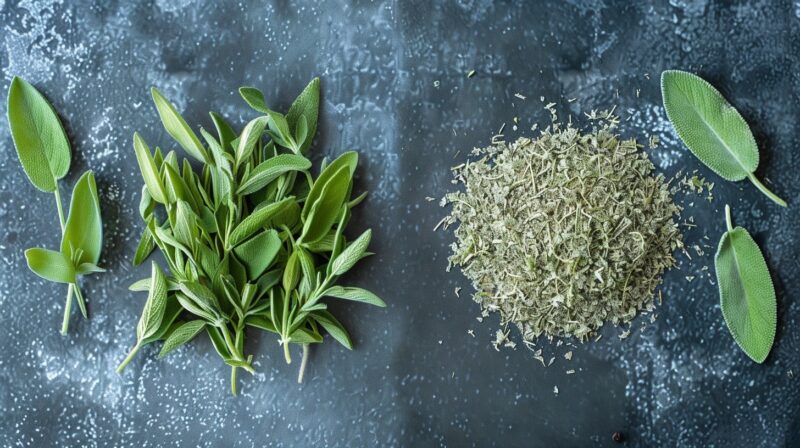
Sage has been used for centuries for both culinary and medicinal purposes. In ancient Rome, it was considered a sacred herb, and harvesting it involved a special ceremony.
When deciding whether to use fresh or dried sage, consider the dish you’re preparing. Fresh sage offers a more delicate flavor and is ideal for finishing dishes or using as a garnish.
It’s perfect for lighter recipes like salads or as a final touch on soups. Fresh sage leaves are often used whole or finely chopped and added at the end of cooking to preserve their flavor. On the other hand, dried sage has a more concentrated and intense flavor.
It’s excellent for robust dishes like stuffing, sausages, and hearty stews. Dried sage works well when incorporated early in the cooking process, allowing its flavors to mellow and blend with other ingredients. For best results, remember that dried sage is more potent than fresh sage, so you’ll need less of it.
Fresh Sage in Cooking
The name “sage” comes from the Latin word “salvere,” meaning “to be saved.” This reflects the herb’s historical use in healing and protection rituals.
Fresh sage leaves are easy to incorporate into various dishes. They can be used whole, chopped, or minced. One popular use of fresh sage is in butter sauces. Simply melt butter in a pan, add a few whole sage leaves, and cook until the butter turns golden and the sage leaves are crispy. This sage-infused butter can be drizzled over pasta, gnocchi, or roasted vegetables.
Another great way to use fresh sage is in poultry dishes. Tuck whole sage leaves under the skin of chicken or turkey before roasting. The leaves will impart a subtle, earthy flavor to the meat. Fresh sage can also be chopped and mixed into stuffing or used as a garnish for soups and stews.
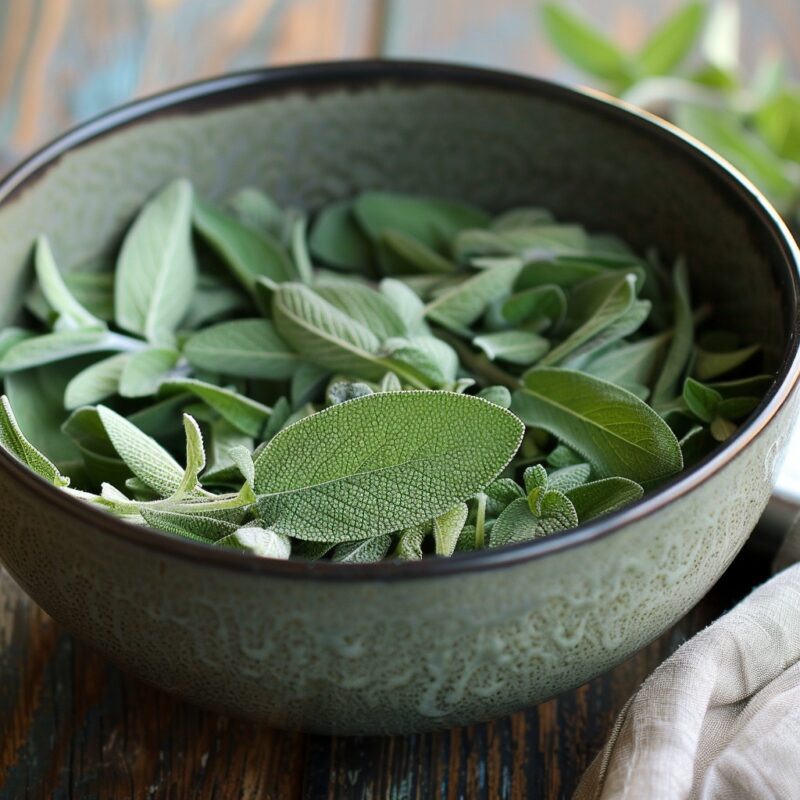
Incorporating Dried Sage
Sage is not only popular in Western cuisine but is also a staple in Middle Eastern and Mediterranean cooking. In Turkey, it’s commonly brewed as a tea known as “Adaçayı.”
Dried sage is a pantry staple that brings depth to many dishes. It’s commonly used in stuffing, sausages, and slow-cooked meals. When using dried sage, add it early in the cooking process to allow its strong flavors to blend well.
For example, when making a stew or soup, add dried sage along with other spices and herbs at the beginning of cooking.
Dried sage is also excellent in spice blends. Combine it with other dried herbs like thyme, rosemary, and oregano to create a versatile seasoning mix for meats, vegetables, and grains. Dried sage pairs particularly well with pork, providing a rich and savory flavor.
Converting Fresh to Dried Sage
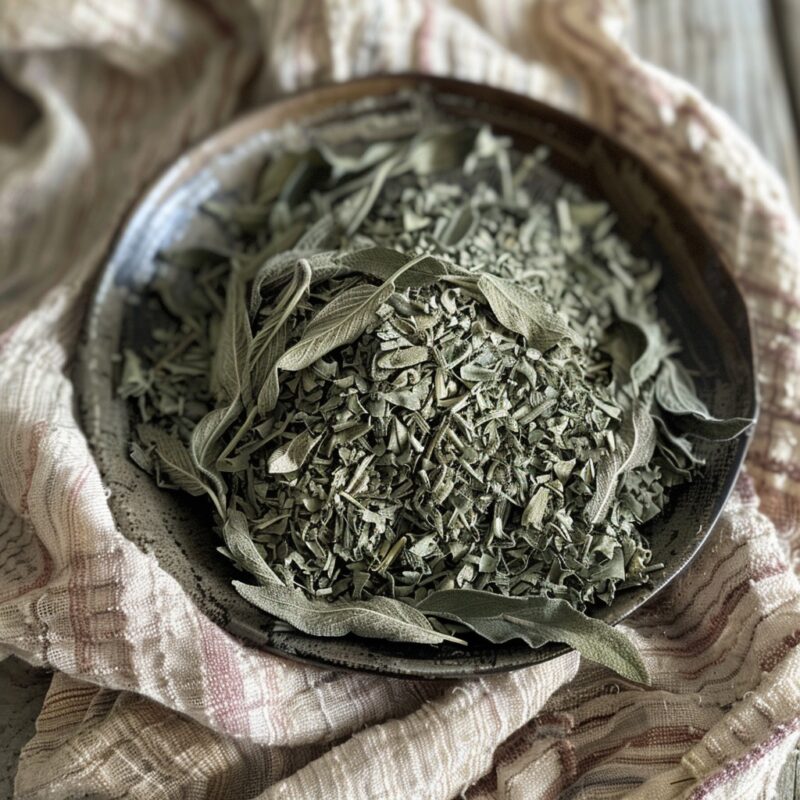
In many cultures, sage symbolizes wisdom, longevity, and esteem. It is often associated with virtues like prudence and protection.
When substituting dried sage for fresh sage, it’s essential to use the correct ratio to avoid overpowering your dish. A general rule of thumb is to use one-third the amount of dried sage as you would fresh sage. For example, if a recipe calls for one tablespoon of fresh sage, use one teaspoon of dried sage instead.
It’s also worth noting that dried sage can be found in two forms: rubbed and ground. Rubbed sage is made by rubbing dried sage leaves together, resulting in a light and fluffy texture. Ground sage, on the other hand, is finely powdered. Rubbed sage is less potent than ground sage, so you may need to adjust the quantities accordingly.
Storing Sage Correctly
Sage is a hardy perennial that can thrive in various climates. It prefers sunny, well-drained soil and can be grown indoors or outdoors, making it a versatile herb for gardeners.
Proper storage of sage, whether fresh or dried, is crucial to maintaining its flavor. Fresh sage should be stored in the refrigerator, wrapped in a damp paper towel, and placed in a resealable plastic bag.
This method helps retain moisture and keeps the leaves fresh for up to a week. Dried sage should be kept in an airtight container in a cool, dark place. Properly stored, dried sage can last for up to a year without losing its potency. Avoid exposing dried sage to heat and light, as these can degrade its flavor over time.
Health Benefits of Sage
Sage is not only a flavorful herb but also packed with health benefits. It contains a variety of vitamins and minerals, including vitamin K, iron, and calcium. Sage is rich in antioxidants, which help combat free radicals in the body, potentially reducing the risk of chronic diseases. In addition to its antioxidant properties, sage has antimicrobial effects.
Studies have shown that sage can help improve oral health by reducing bacteria that cause dental cavities and gum disease. Drinking sage tea or using sage-infused mouthwash can promote healthy teeth and gums.
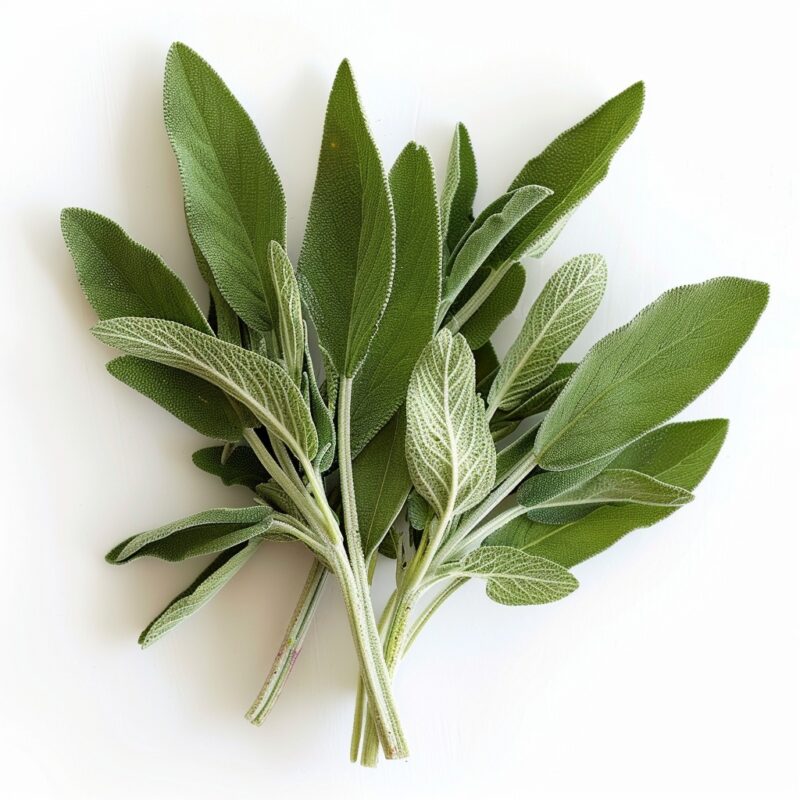
Sage in cooking during pregnancy
If you drink large amounts, it may increase your chance of miscarriage and affect how your baby develops.
- Sage tea: avoid sage in concentrated forms, such as in teas, during pregnancy.
It’s been linked to miscarriage and high blood pressure. It’s OK to still use sage in small amounts in your cooking. Generally, my opinion is to consult a doctor.
Conclusion
Sage in cooking has become an indispensable part of my repertoire. This hardy herb just has this way of making any dish feel so much more nourishing and comforting. After learning the differences between fresh and dried sage, I feel like I have this powerful tool at my fingertips to optimize the flavors in my meals. Fresh sage is perfect for delicate, light dishes where I want that bright, herbal note to shine.
But when I’m making hearty stews, roasts, and sauces, the robust, earthy qualities of dried sage are just what I need. No matter which form I choose, I always make sure to store it properly so I can keep enjoying sage’s benefits for months.
Sage has become a kitchen staple I reach for again and again, and I hope this article has given you the confidence to do the same. With a little know-how, this versatile herb can transform your cooking in the most soul-nourishing ways.



